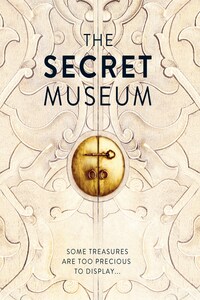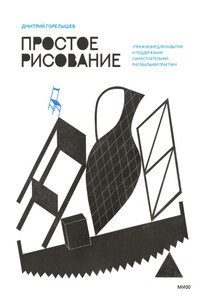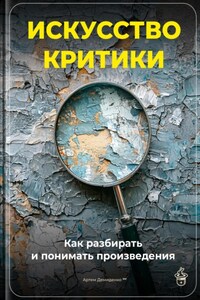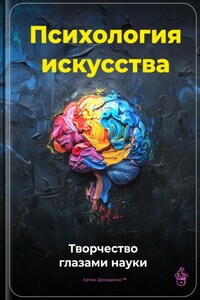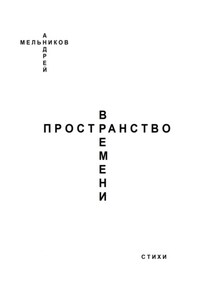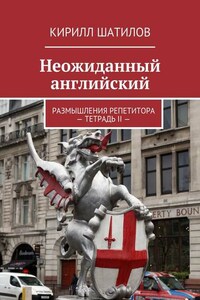SINCE 2002 I HAVE BEEN a writer and researcher for the television show QI. I also co-write a weekly QI column in the Saturday Telegraph and research a Radio 4 programme called The Museum of Curiosity. One of the things I’m often asked about QI is ‘How do you find the script questions?’ My answer is that I find a lot of ideas in museums – they’re a great place to go to learn, to get fresh ideas and to wander around in beauty. I used to visit the public areas, notebook in hand, scribbling down question ideas without realizing that, behind closed doors, most of each museum’s collection is hidden away from public view.
That changed when two fish curators from the Natural History Museum invited me to look around their fishy realm. I went excitedly, thinking it would be fun but really with no idea of quite how surprising and wonderful the behind-the-scenes fish collection would be. We spent three hours pushing open high-security doors and peering into tanks to marvel at specimens like Archie, the giant squid (and his tank mate, the even bigger colossal squid), who is too big to fit in the galleries, and sharks that inspired super-fast Olympic swimwear.
The curators showed me their favourite specimens that live among shelves of glass jars containing fish from every country on Earth. One of those specimens, an anglerfish couple, made it into the pages of this book. The endless shelves full of fish have been collected over the course of a century: Darwin’s collection from the Beagle is on a shelf not far from some rare fish from Borneo that the current curators had picked up on a fishing trip earlier that month. The space was zinging with possibility and stories, and I caught the bug for backstage.
As I emerged into the light of the museum itself, the seed of the idea for a book landed lightly upon me. I began to wonder if all museums were like this – housing things that only researchers and curators know about? A few days passed, the seed began to unfurl its roots and I decided to call a few more museums to ask them whether they had any treasures behind the scenes that they rarely display. It turned out that they did. The Science Museum told me about a huge ex-RAF airbase in Wiltshire, filled with enormous objects they don’t have space to display. The Foundling Museum has a collection of tokens left by the mothers of foundlings, hidden away in an archive. The Van Gogh Museum in Amsterdam cares for van Gogh’s sketchbooks, which they have never exhibited. Writing this a year later, looking back, it seems funny that I had to ask the museums the question. Of course, almost all museums have a storage collection filled with objects that are an integral part of the collection but are rarely put out for exhibition.
Usually there is more hidden away than there is on display. There are all sorts of reasons why. As the seed of my idea grew into a seedling, I began to unearth some of these reasons. Sometimes, objects are too precious to exhibit and for their own security need to be kept securely in a vault. This was the case with a bejewelled cross that lives in a museum in Brazil, in a dangerous part of Salvador de Bahia. Very often the treasures are too fragile to show, so it is best to keep them in a climate-controlled, dark environment because lengthy exposure to light would destroy them. At the Peggy Guggenheim Collection in Venice I saw a piece by Duchamp in ‘the bunker’ that is very rarely put out in the light of the galleries and lives with other fragile treasures, protected by covers which the museum nicknames ‘pyjamas’.
